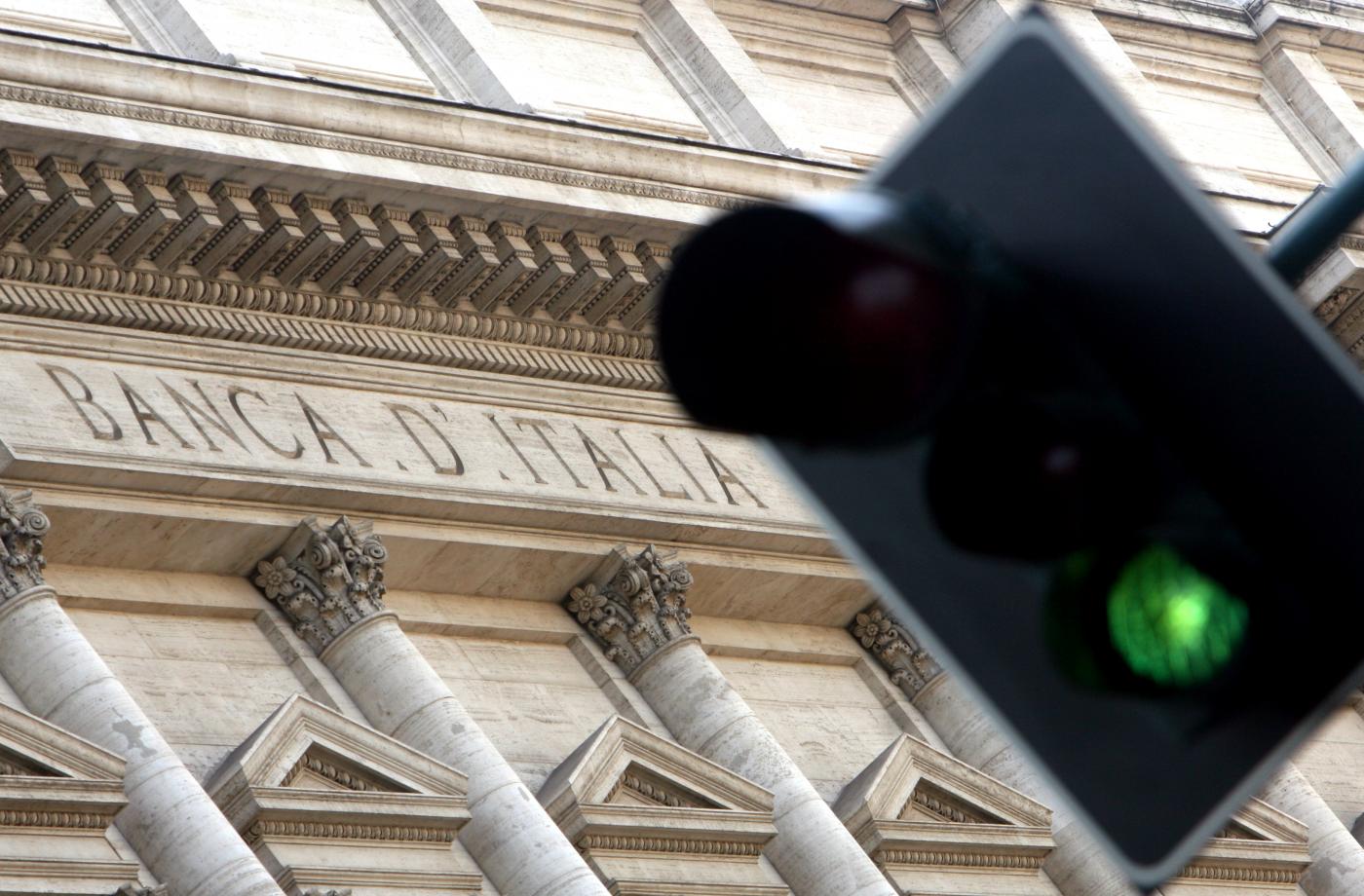Bank of Italy has once again revised upwards its estimates of Italy’s GDP outlook. In its first economic bulletin of 2023, the Bank of Italy writes that it forecasts an annual growth of 3.9% for the Italian gross domestic product in 2022; for 2023, Italy’s GDP is expected to slow down at a rate of 0.6%, in any case better than the +0.4% expected in December and the +0.3% in October. The GDP forecast for 2024 was instead “corrected slightly downwards (+1.2%) due to a more contained increase in consumption”.
The Bank of Italy bulletin states that “growth prospects are weakening and inflation would drop to 2 percent in 2025”.
Palazzo Koch underlines that “according to our most recent estimates – which still have a purely indicative nature, given the continuation of a context of strong uncertainty connected above all with the evolution of the conflict in Ukraine – in a baseline scenario the GDP, after a increase of almost 4 percent in 2022, would slow down to 0.6 percent in 2023; growth would strengthen again in the following two years”.
“Consumer price inflation – reads the Bank of Italy economic bulletin – rose to almost 9 per cent last year, would drop to 6.5 per cent in 2023 and more decisively thereafter, reaching 2.0 per cent in 2025. In one adverse scenario, in which a halt in supplies of Russian gas to Europe is assumed, the product would contract in 2023 and 2024 and grow moderately in the following year; inflation would rise further this year, to then drop sharply over the next two years”.
Bank of Italy reports that “the global cyclical picture worsened again in the fourth quarter”.
“According to available indicators, activity in advanced countries – still conditioned by the repercussions of the war in Ukraine and by high inflation – has slowed down; that in China also weakened due to the measures imposed in October and November to contain the Covid-19 pandemic. International trade slowed markedly. The slowdown in world demand helped to moderate the price of oil; in Europe the prices of natural gas decreased sharply, although they remained at historically high values. International institutions forecast a weakening of world growth for the current year mainly due to the still high energy prices, the weakness of household disposable income and less favorable financial conditions”.
